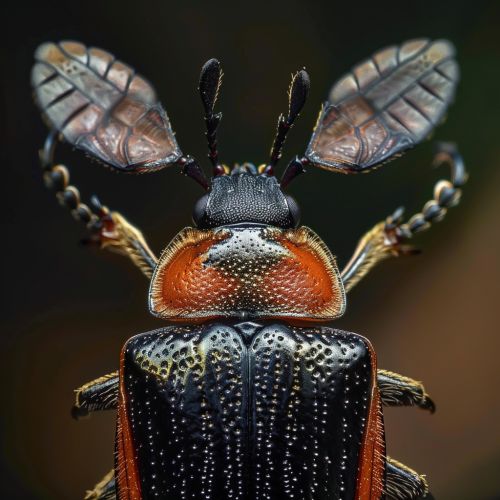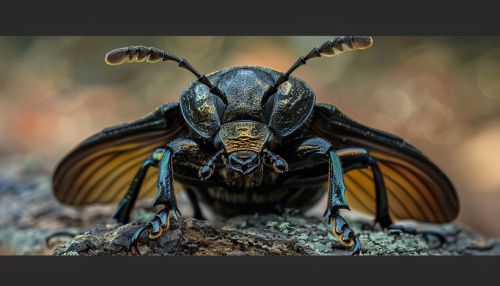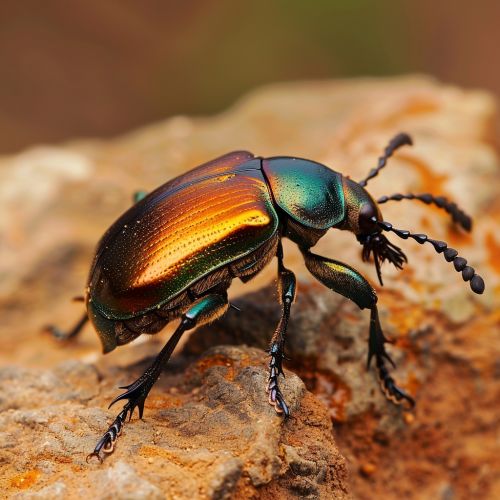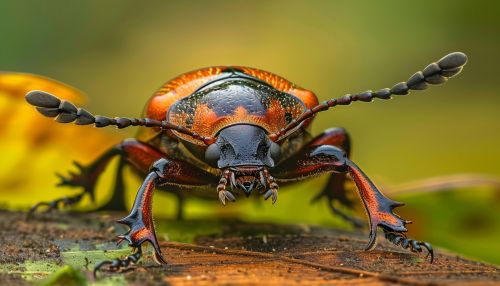Beetles
Introduction
Beetles are a group of insects that form the order Coleoptera, in the superorder Endopterygota. Their front pair of wings is hardened into wing-cases, elytra, distinguishing them from most other insects. The Coleoptera, with about 400,000 species, is the largest of all orders, constituting almost 40% of described insects and 25% of all known animal life-forms; new species are discovered frequently.


Classification and diversity
The order Coleoptera includes more species than any other order, constituting almost 25% of all known life-forms. About 40% of all described insect species are beetles (about 400,000 species), and new species are frequently discovered. Beetles can be found in almost all habitats, but are not known to occur in the sea or in the polar regions. They interact with their ecosystems in several ways: beetles often feed on plants and fungi, break down animal and plant debris, and eat other invertebrates. Some species are serious pests, such as the Colorado potato beetle, while others such as Coccinellidae (ladybirds or ladybugs) eat aphids, scale insects, thrips, and other plant-sucking insects that damage crops.
Morphology
Beetles are generally characterized by a particularly hard exoskeleton and hard forewings (elytra). The beetle's body is divided into three sections: the head, the thorax, and the abdomen. The extensive family-level diversity of beetles is reflected in the wide range of morphological structures observed among them.
Life cycle and reproduction
Beetles follow a complete metamorphosis in their life cycle. This means that there are distinct stages, which are different in their structure, diet and habitat. The stages of the life cycle of a beetle are: egg, larva, pupa and adult. Most beetles are oviparous with the female laying eggs which hatch into larvae (the first stage of the life cycle).
Ecology
Beetles are found in nearly all habitats, including freshwater and coastal habitats, wherever vegetative foliage is found. Most beetles are herbivorous, feeding on the leaves, stems, flowers, seeds, wood, or roots of plants. Some are predators of other insects or arthropods, and others are scavengers, feeding on dead animals or fallen trees. Some beetles are specialized in their diet and habitat preferences, while others are generalists, with the ability to consume a variety of foods and live in varying conditions.
Relationship with humans
Beetles have many interactions with humans, ranging from beneficial to detrimental. Some beetles are pests of crops and stored food products, while others are important biological control agents that prey on insect pests. Beetles also have cultural significance, appearing in literature and art, and some species are kept as pets.


